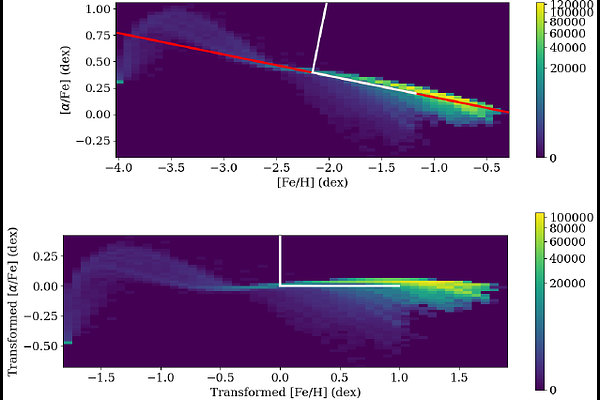Constraining the Milky Way Halo Accretion History With Simulated Stellar Halos: Designing the HALO7D-X Survey

Constraining the Milky Way Halo Accretion History With Simulated Stellar Halos: Designing the HALO7D-X Survey
Miranda Apfel, Kevin A. McKinnon, Constance M. Rockosi, Puragra Guhathakurta, Kathryn V. Johnston
AbstractWe present the design for HALO7D-X, a survey of the stellar halo to investigate the accretion history of the Milky Way. The survey will use a combination of Hubble Space Telescope (HST) and Gaia data for sky position and proper motions of faint stars (18<G<21.5 mag), while line-of-sight velocity, distance, [Fe/H], and [alpha/Fe] will be measured using follow-up Keck spectroscopy. The survey will cover 30 lines of sight, made up of multiple HST archival fields and optimized for Keck DEIMOS spectroscopy. We use mock survey observations of the Bullock and Johnston stellar halo simulations to investigate the sensitivity of HALO7D-X to constrain the basic parameters of the accretion history of our Galaxy's stellar halo. We find that we are sensitive to the mass distribution and accretion timeline of the stellar halo progenitors, but not their orbital circularity. We find that the simulated halos fall into three different groups based on the similarities in their distributions of the observable dimensions of our survey. These groups are also distinct from each other in the mass distribution and accretion timeline of their progenitor satellites, showing that by using similarities in our observables among halos, we are able to identify similarities in their accretion histories. With HALO7D-X we will compare real Milky Way data with simulated halos and use this connection between observables and progenitor mass and accretion timeline to learn about the formation of our Galaxy's stellar halo.